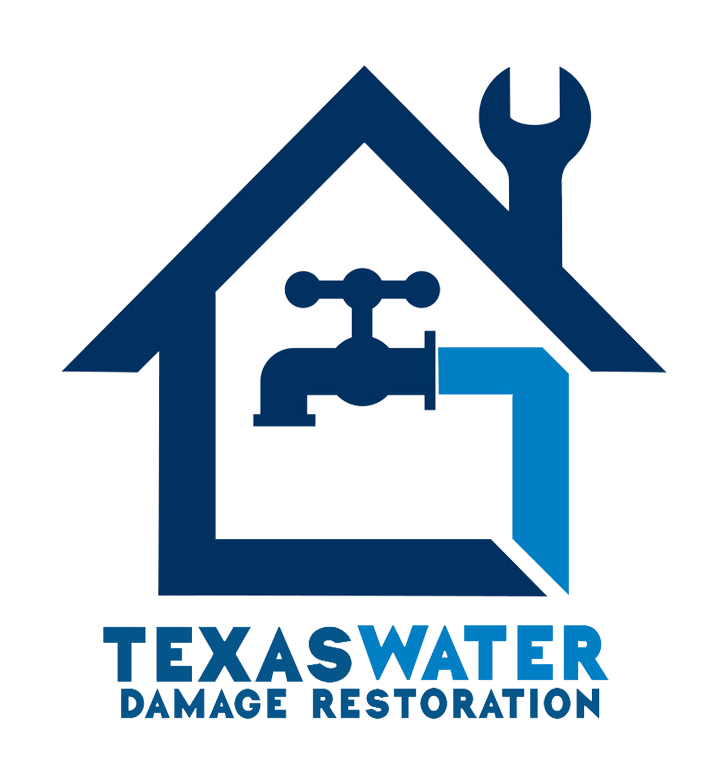
Introduction
Water damage can be a significant issue in rental properties, causing extensive damage to the structure and potential health hazards. When water damage occurs, it is crucial to understand the responsibilities of both landlords and tenants in addressing the problem. This article will explore the responsibilities of landlords and tenants in the event of water damage in rental properties.
Responsibilities of Landlords

A landlord is legally obligated to provide a safe and habitable living environment for tenants. When it comes to water damage, landlords have several responsibilities:
1. Regular Maintenance and Inspections
Landlords should conduct regular maintenance and inspections to identify potential water damage issues. This includes checking for leaks in pipes, roof, and faucets, as well as inspecting the property for signs of water intrusion.
2. Timely Repairs
If water damage occurs due to a landlord’s negligence or failure to address maintenance issues promptly, the landlord is responsible for repairing the damage. This includes fixing leaking pipes, repairing roof leaks, and addressing any other water-related issues in a timely manner.

3. Ensuring Proper Drainage
Landlords should ensure that the property has proper drainage systems in place to prevent water damage. This includes maintaining gutters, downspouts, and grading around the property to divert water away from the structure.
4. Mold Remediation
If water damage leads to the growth of mold, landlords are responsible for addressing the issue. This includes hiring professionals to remove the mold and ensuring that the property is safe for tenants.
5. Landlord’s Insurance
Landlords should have insurance coverage that protects their property against water damage. This insurance may cover both the structure and the landlord’s belongings, providing financial protection in case of water-related incidents.
If tenants are responsible for the water damage, landlords may pursue their rights through legal means, such as deducting the cost of repairs from the security deposit or filing a lawsuit for damages.
Responsibilities of Tenants
Tenants also have responsibilities when it comes to water damage in rental properties:
1. Reporting Water Damage
Tenants should promptly report any water damage to their landlord. This includes leaks, bulging walls, dampness, or any other signs of water intrusion. Timely reporting allows the landlord to address the issue promptly, mitigating further damage.
2. Mitigating Damage
Once tenants have reported the water damage, they should take necessary steps to mitigate the damage. This may include placing buckets under leaks, turning off water supply valves, or using towels to absorb excess water.
3. Following Landlord’s Instructions
Tenants should follow the landlord’s instructions regarding water damage repairs and restoration. This includes granting access to the property for necessary repairs and cooperating with professionals hired by the landlord.
4. Tenant’s Insurance
Tenants should have renter’s insurance that covers their personal belongings in case of water damage. This insurance can help protect tenants from financial loss due to water-related incidents.
5. Preventive Measures
Tenants should take preventive measures to avoid water damage, such as not leaving faucets running, reporting plumbing issues promptly, and being cautious when using water-intensive appliances.
Conclusion
Water damage in rental properties requires both landlords and tenants to fulfill their respective responsibilities. Landlords should maintain the property, address repairs promptly, and have insurance coverage. Tenants should report damage, mitigate further damage, follow landlord’s instructions, and have renter’s insurance. By understanding these responsibilities, both parties can work together to handle water damage incidents effectively and minimize the impact on the property.
Additional Resources
If you require professional water damage restoration services, contact Texas Water Damage Restoration Pros at 817-587-4040. Texas Water Damage Restoration Pros offers a wide range of services including water damage restoration, flood damage repair, mold remediation, and more.
For more information on water damage restoration, you may find the following resources helpful:
- The Best Water Damage Restoration Services of 2023
- Water Damage Restoration Vs. Water Mitigation
- Water Damage Restoration Collection Articles
- Best Water Damage Restoration Services of 2023
- Professional Water Damage Restoration: Why Choose This…
- Water Damage Restoration: The Complete Guide
